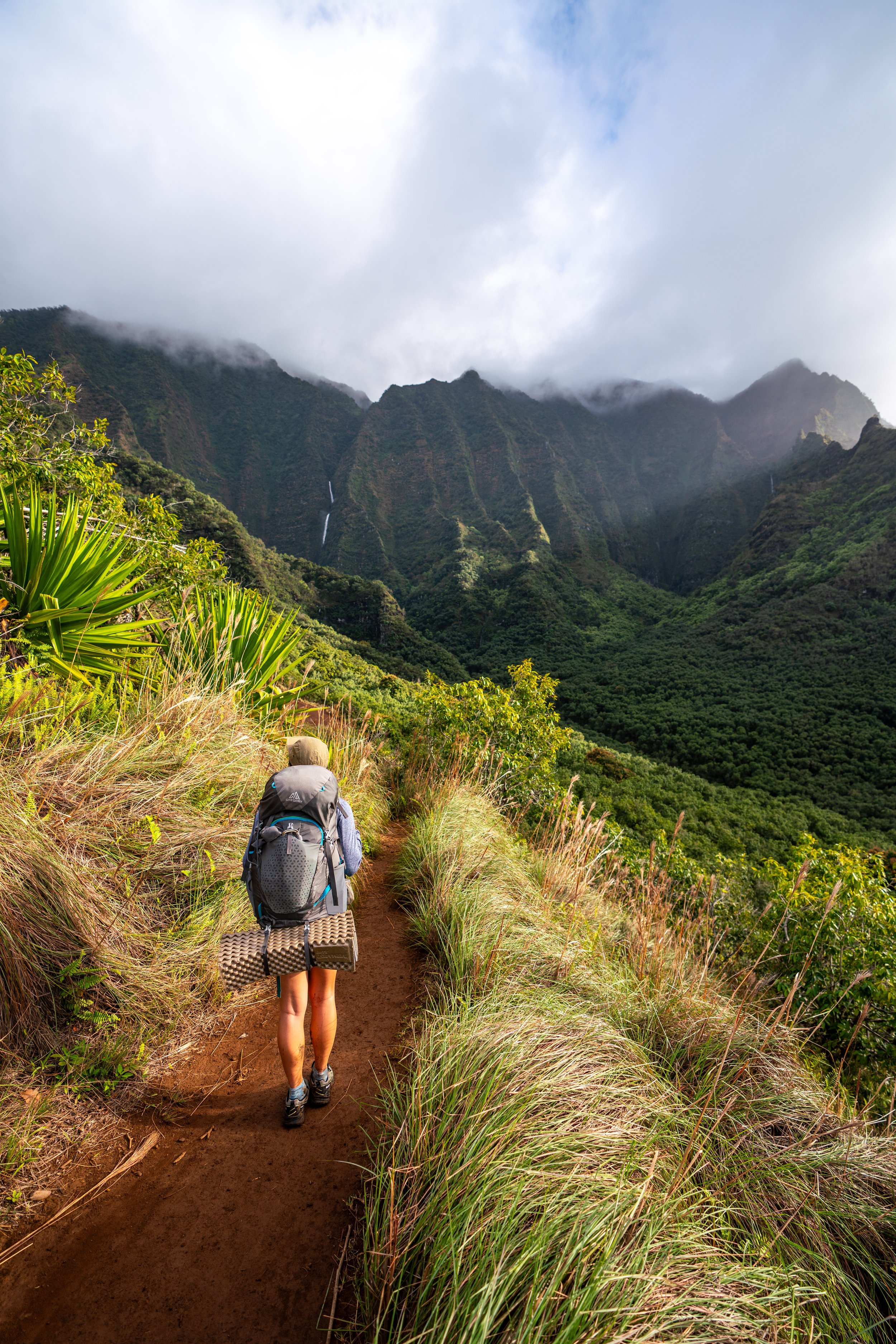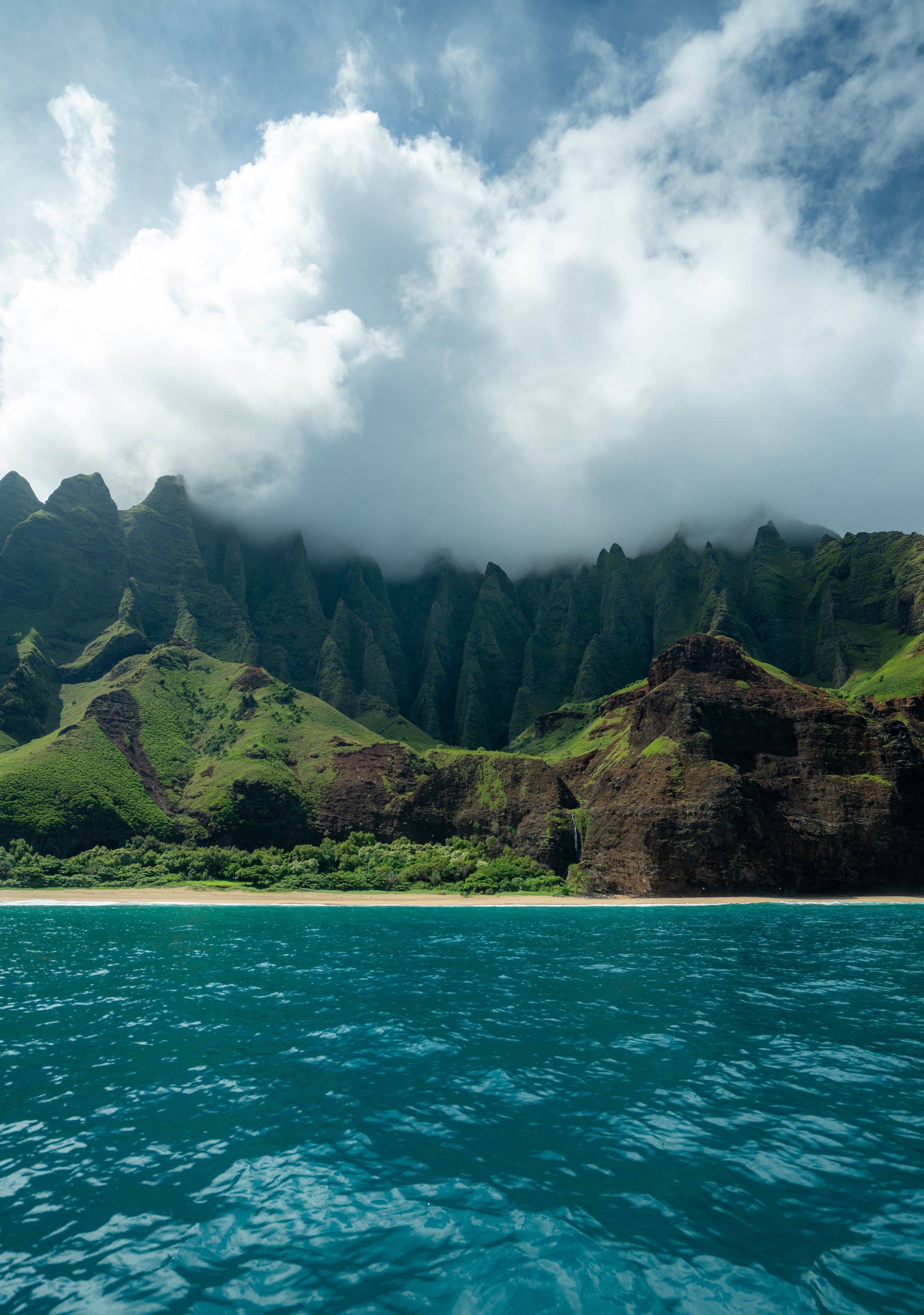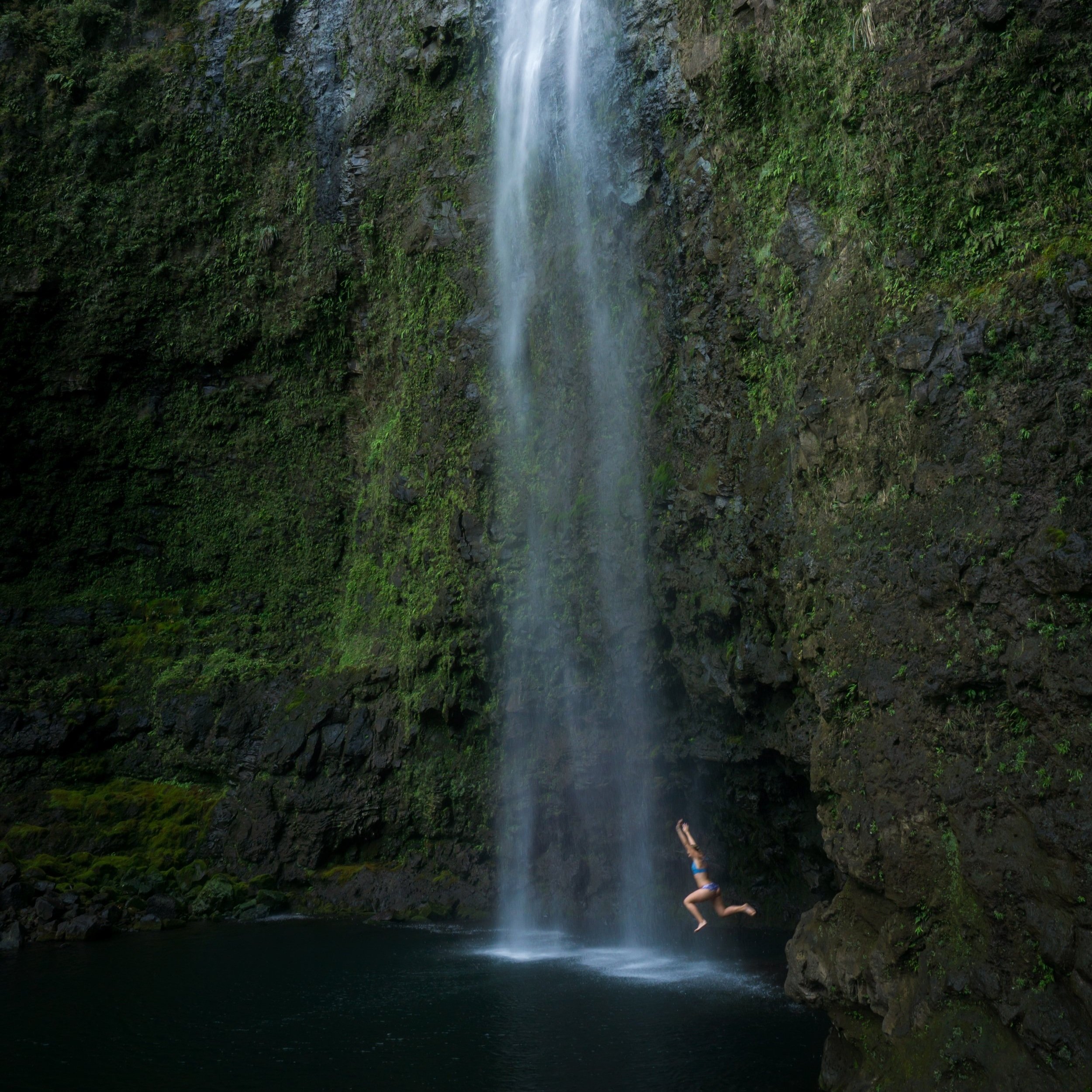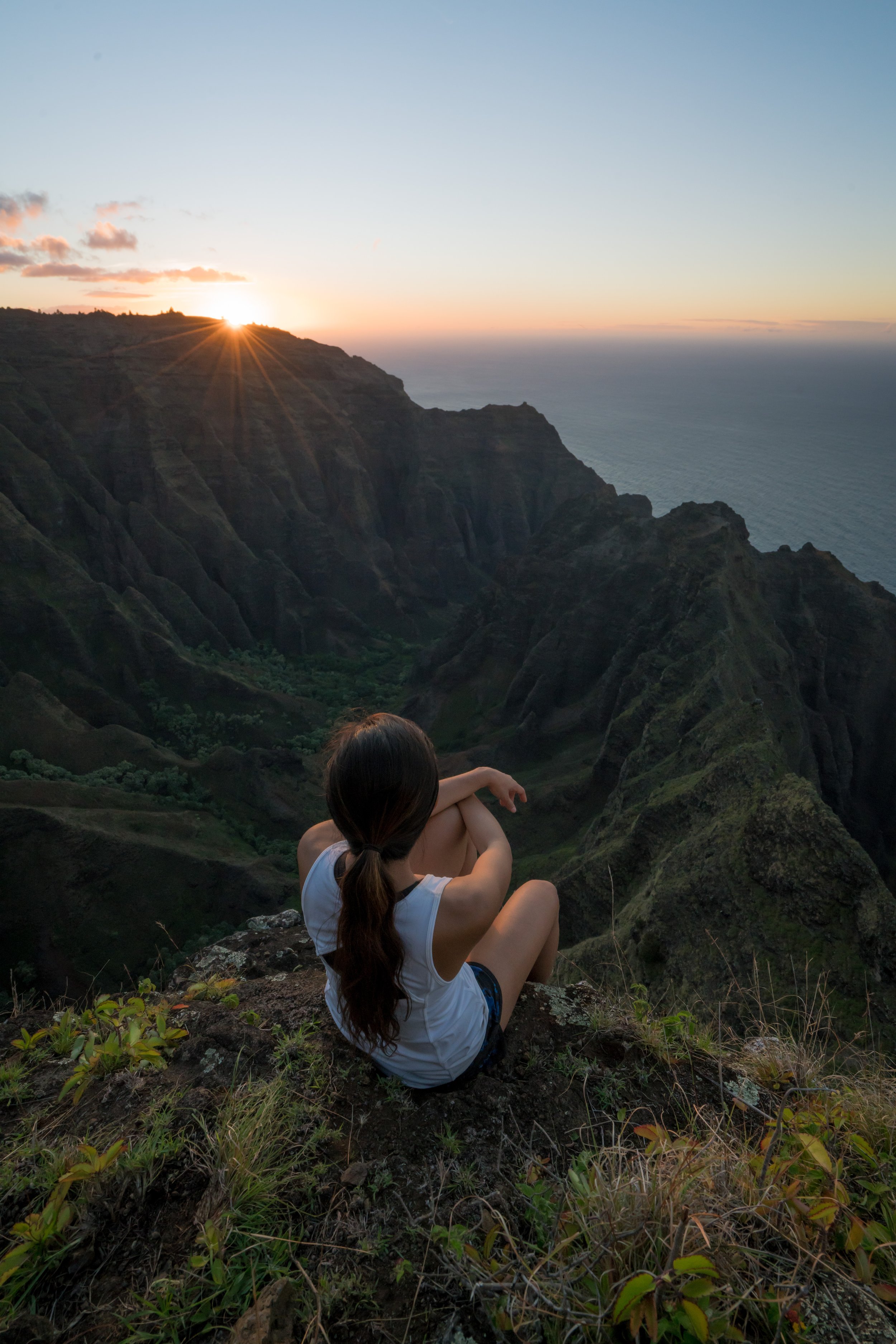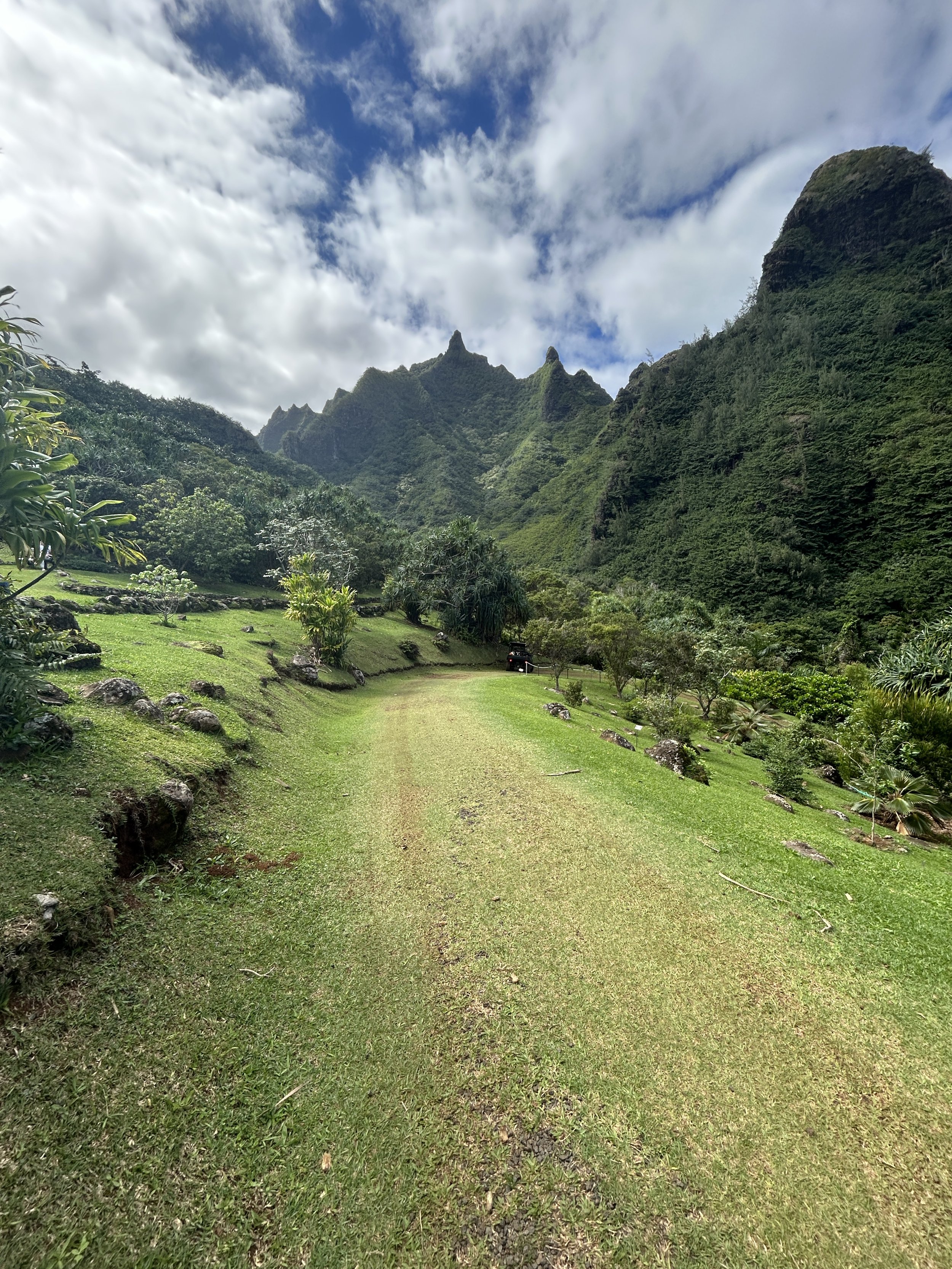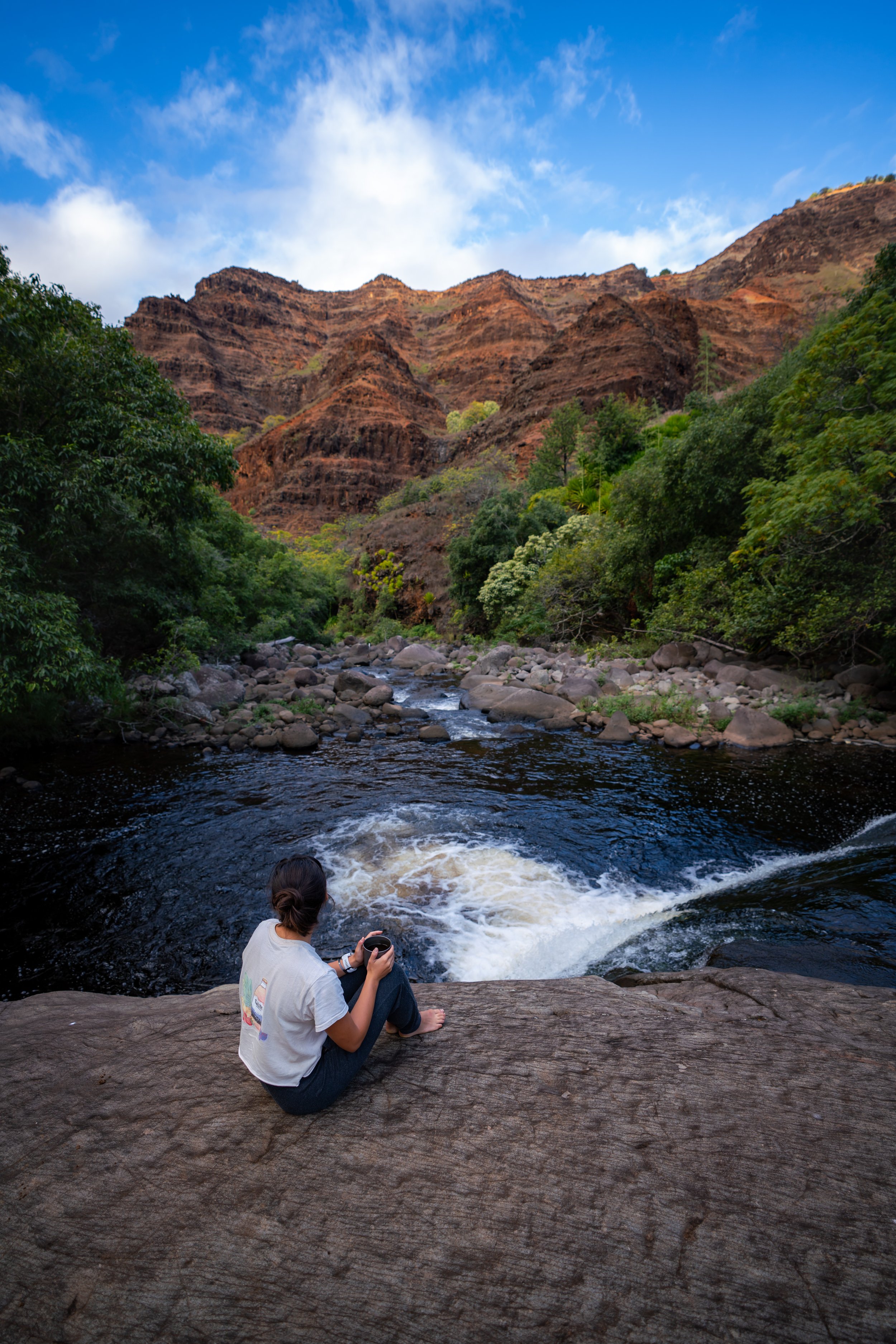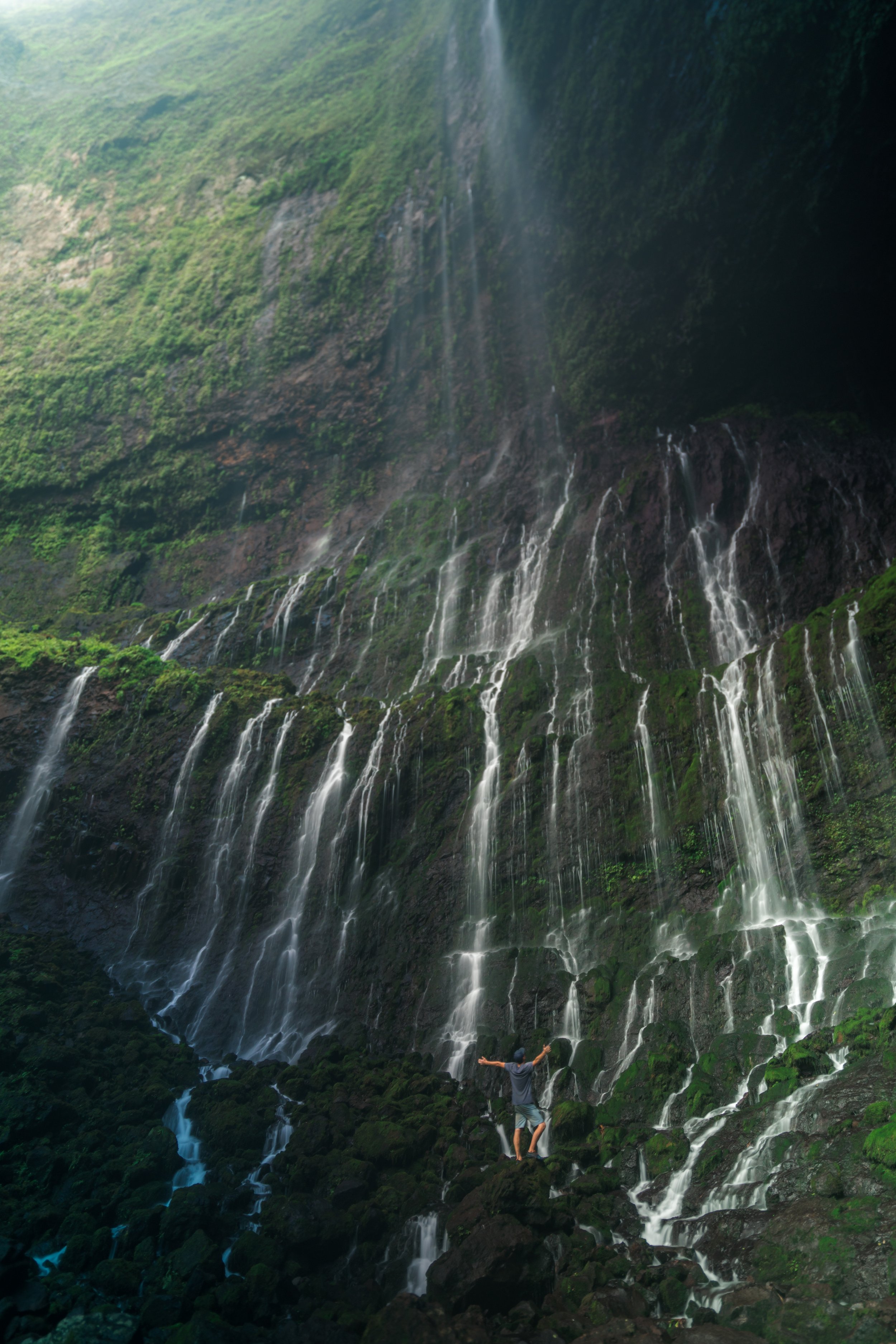Hiking the East Sleeping Giant Trail (Nounou Mountain) on Kauaʻi, Hawaiʻi
In loving memory of Fiona Choi, the girl in the cover photo above.
Distance: 3.8 miles / 6.1 km
Elevation Gain: ~1,000 ft. / 305 m
The East Sleeping Giant Trail on Kauaʻi, also called Nounou Mountain, is a local and visitor favorite because the relatively short 1.9-mile (3.1 km) trail makes for one of the best day hikes outside of the Waimea Canyon—especially when hiked for sunrise.
This is because the panoramic views from the ridgeline leading up to the summit of Nounou make for some of the best east-facing views to catch the sunrise on Kauaʻi, which is my personal favorite time of day to go, as the Sleeping Giant Trail gets much busier and hotter throughout the day.
All this to say, the hike up the Sleeping Giant Trail to Nounou Mountain is almost entirely uphill, with a number of exposed areas that must be climbed to reach the summit. Given these considerations, I highly recommend reading my breakdown of the two different trails below, in order to decide which route is better for your group.
East vs. West Sleeping Giant Trail (Nounou Mountain)
East Sleeping Giant Trail
Simply put, the East Sleeping Giant Trail is the harder of the two trails up Nounou Mountain.
This is because it’s longer, there’s more elevation gain, and there’s one additional area that requires some scrambling/ climbing that the West Sleeping Giant Trail doesn’t have.
West Sleeping Giant Trail
The one thing that sets the west trail apart from the east is that the West Sleeping Giant Trail will almost always be muddier after it has recently rained.
However, the West Nounou Trail is my personal favorite between the two because the Cook Pine forest in the lower elevations of the hike makes the trail prettier overall!
Read My Separate Post: West Sleeping Giant Trail
East Sleeping Giant Trailhead Parking
Parking for the East Sleeping Giant Trail is located in a small parking lot off Haleilio Road, adjacent to the trailhead.
That being said, the parking lot can get very full by mid-morning, as you can see from the photos below.
Google Maps Directions: East Sleeping Giant Trailhead
Hiking the East Sleeping Giant Trail
From the trailhead, the East Sleeping Giant Trail begins climbing almost immediately up a series of about 23 switchbacks, depending on how you count, to get to the Nounou ridgeline that leads up to the summit.
In my opinion, don’t let the number of switchbacks make you think that the East Sleeping Giant Trail is significantly more difficult than the West Nounou Mountain Trail, as some are very short, while others are more what you’d expect a switchback to be.
These are the first summit views of Nounou.
Go right when you come to this section in the photo below.
This scrambling section in the next few photos is the most difficult part of the East Sleeping Giant Trail side, but there’s more than enough hand and footholds to safely climb up if you take your time.
Once above the short scramble, the East Sleeping Giant Trail becomes much more straightforward for the rest of the hike.
East-West Sleeping Giant Junction
Eventually, the East Sleeping Giant Trail meets with the trail coming up from the west side.
Here, go left at this split to continue up to the summit of Nounou Mountain.
Read My Separate Post: West Sleeping Giant Trail
Nounou Shelter
Next, the Nounou Shelter will be shortly after the East-West junction, and it’s a good indicator that you’re hiking in the right direction.
From the shelter, the Sleeping Giant Trail continues straight across the open clearing.
Then, just before the Nounou Summit Ridge, there is another section to climb in order to continue higher.
That being said, there are plenty of good points of contact to do it safely, as long as you take your time.
Nounou Summit Ridge
Once above the scramble in the photos above, the remaining hike to the top is much easier than everything it took to get to this point.
On a different note, sunrise on Sleeping Giant is actually better on the summit ridge leading up to the summit than on the summit itself, which has a better view to the west than the east.
Puʻu Nounou (Nounou Mountain)
The summit of Sleeping Giant, more commonly known as Nounou Mountain, is about 1,241 ft. (378 m) and stands high above Līhuʻe, Kapaʻa, and Wailua as a free-standing peak.
This is why it is such a local favorite for sunrise, as views from nearly all sides of the upper mountain are unobstructed on a clear day!
Native Plants on the Sleeping Giant Trail
Since Nounou is such a low-elevation peak, both Sleeping Giant Trails are dominated by non-native/ invasive species.
That being said, there isn’t much in terms of native plants on either Nounou Mountain Trail, with the exception of a few ʻUhaloa and ʻAʻaliʻi.
If you would like to learn more about these and many other native Hawaiian plants from across the islands, I encourage you to check out my separate post linked below.
Read My Separate Post: Native Hawaiian Plant Guide



